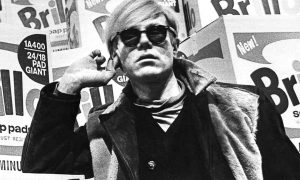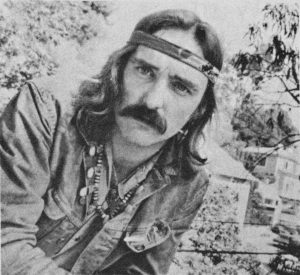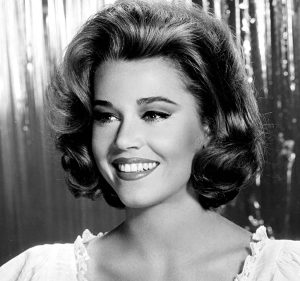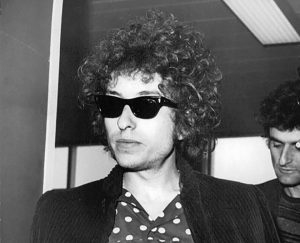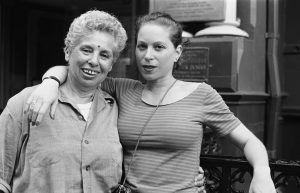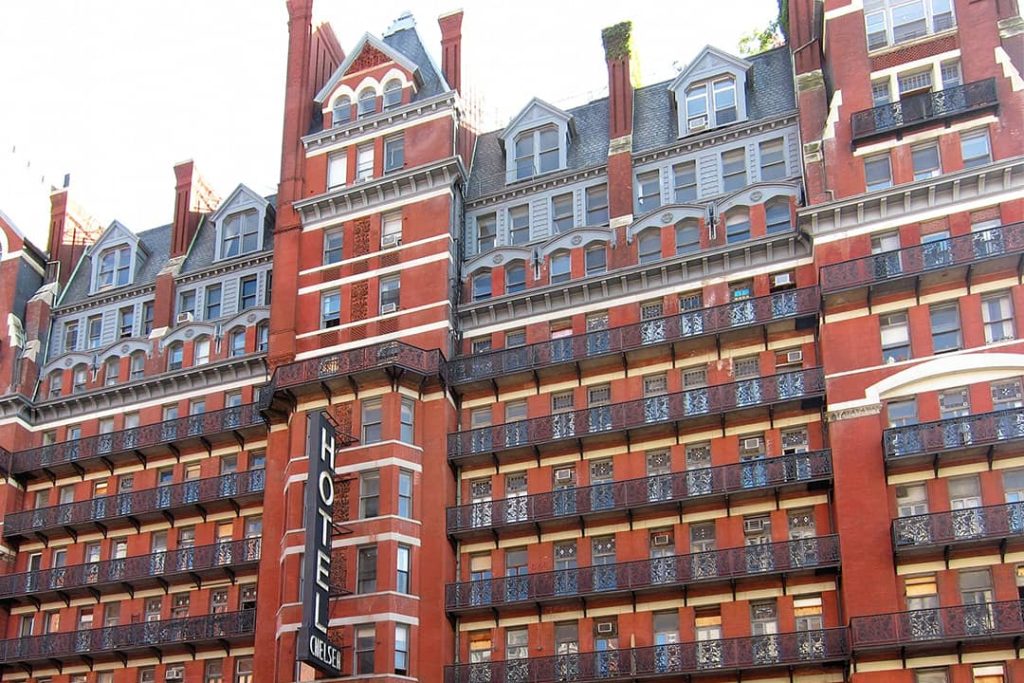
New York City Hotel
Hotel Chelsea
Hotel Chelsea, commonly referred to as The Chelsea Hotel, sits at 222 West 23rd Street, New York City. Nestled between the Seventh and Eighth Avenues in the Chelsea neighbourhood of Manhattan, it took two years to build, from 1883 to 1885, but was first opened in 1884 before construction was complete. It originally housed 250 residential units, and has played host to many famous names since its inception.
Designed by Philip Hubert (1830 – 1911) a French-American architect who had founded the company Hubert, Pirrson & Company, The Chelsea was one of the city’s first private apartment co-operatives. The design style of the building has been described as both Queen Anne Revival, a Victorian architectural style that was followed in the United States chiefly from around 1880 – 1910; and Victorian Gothic, an architectural movement whose popularity peaked in the first half of the 19th century, although it had 17th-century roots.
A notable feature of these styles is the J.B and J.M Cornell-made iron balconies which can be seen on the hotel’s exterior. Flower-ornamented and gentle, these soften the look of the great building. Another is the impressive, ever-flowing staircase that can be used to access all 12 floors of the building. Although nowadays the staircase is generally kept for the exclusive use of registered guests, the hotel runs monthly guided tours for the public, allowing anyone to catch a glimpse of it.
Although it has now been dwarfed by many modern skyscrapers on the Manhattan skyline, when it was first constructed The Chelsea was the tallest building in New York City.
The Chelsea was also one of a number of buildings that were modelled on the ‘Hubert Home Clubs’ founded by Hubert and Pirrson. This meant that they were established with a co-operative structure, so that by sharing the collective costs of fuel and services, tenants would not only save money, but also enjoy the benefits of community living. Their first success with this model had been The Rembrandt, a six-storey building created by the club in 1881 on West 57th Street. In keeping with his community ideals, Hubert ensured that some apartments within The Chelsea were reserved for the tradespeople who had built it; and he offered other units to artists, actors, writers and musicians. The top floor alone contained 15 artist’s studios.
Although successful for a period, the Chelsea housing co-operative went bankrupt in 1905, partly because the area had become less fashionable.
The Chelsea then reopened as a lavish hotel. In 1939, this was purchased by a new team of owners comprising Joseph Gross, Julius Krauss and David Bard, who ran the hotel together. Following Bard’s death in 1957, his son Stanley (1934-2017) took over its management, a role in which he was strengthened when Gross and Krauss also passed away.
Throughout the life of the hotel, it had a reputation and allure that attracted the counter-culture movement. The death of renowned Welsh poet Dylan Thomas there in 1953, following a stint of heavy drinking in his room, cemented the hotel’s reputation as a place for creative celebrities. Throughout the 1960s, it was the place to be in New York for the creative elite. Famous names known to have stayed there include Allen Ginsberg, Jack Kerouac, Dennis Hopper, Jane Fonda, Jim Morrison and Jimi Hendrix.
Canadian singer-songwriter Leonard Cohen (1934 – 2016) and American singer-songwriter Janis Joplin (1943 – 1970), who both occupied rooms at The Chelsea, had an affair there that inspired two songs by Cohen. American singer-songwriter Bob Dylan was staying there when he wrote his song Sad Eyed Lady of the Lowlands. In 1966, parts of the film Chelsea Girls were shot there by America visual artist Andy Warhol (1928 – 1987). English writer Arthur C. Clarke (1917 – 2008) also wrote ‘2001: A Space Odyssey’ while in residence at the Chelsea. There’s no doubt that the hotel played an important part in the melting pot that was the creative movement of the period, and allowed space for artists to explore and create.
Stanley Bard held the reins of the hotel for an astonishing fifty years until he was forced aside by a corporate arbitration ruling in 2007, after the remaining heirs of the original co-owners, Dr Marlene Krauss, daughter of Julius Krauss, and David Elder, grandson of Joseph Gross, successfully appealed for Bard’s removal, although he remained the majority shareholder, and advised that a management company should take over.
It also gained a darker reputation, which intensified when in October 1978 20-year-old Nancy Spungen was found stabbed to death in the hotel. The murder weapon proved to be a knife belonging to her boyfriend Simon Ritchie, better known as Sid Vicious (born 1957), bassist of British punk band the Sex Pistols. On the morning after a party, Nancy’s body was found in the room they shared. Vicious claimed to remember nothing, but on the strength of the circumstantial evidence, he was charged with her murder. However, following the granting of bail, he himself died of a drug overdose just three months later in February 1979.
In 2011, Bard, Krauss and Elder sold their shares in the hotel to Joseph Chetrit, a real estate developer with plans for major renovations. The total price paid by Chetrit was $80 million. From this time, no further reservations for new guests were allowed, although the sitting residents of the property were allowed to stay. The hotel has changed hands twice more since then, in 2013 and again in 2016, perhaps reflecting the complications surrounding the contractual protections afforded to long-term residents.
The current owners, hoteliers Sean MacPherson, Ira Drukier and Richard Born, have managed sensitively to restore the hotel to its former glory while retaining some of its age-old charm. Following the completion of renovations, the Chelsea reopened as a hotel for the first time in 11 years in 2022.
The Chelsea was recently the subject of a new documentary, Dreaming Walls: Inside the Chelsea Hotel, whose journalistic focus was the long-standing residents of the hotel, chiefly comprising elderly bohemians who remembered the hotel as it was in its heyday and had actually met many of the creative celebrities who passed through its doors. The film is about making these residents’ stories heard and allows viewers to discover how their influence has been just as important as those of bygone residents with more widely recognised names. The stories of these long-term tenants are interesting elements in the history of the hotel. We wonder whether and how The Chelsea Hotel will continue to make a name for itself in the future.
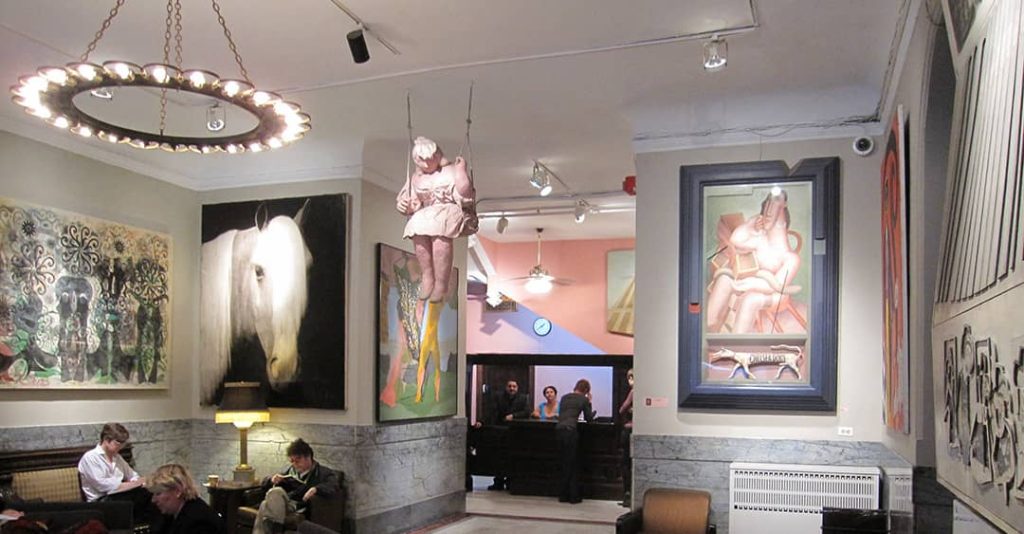
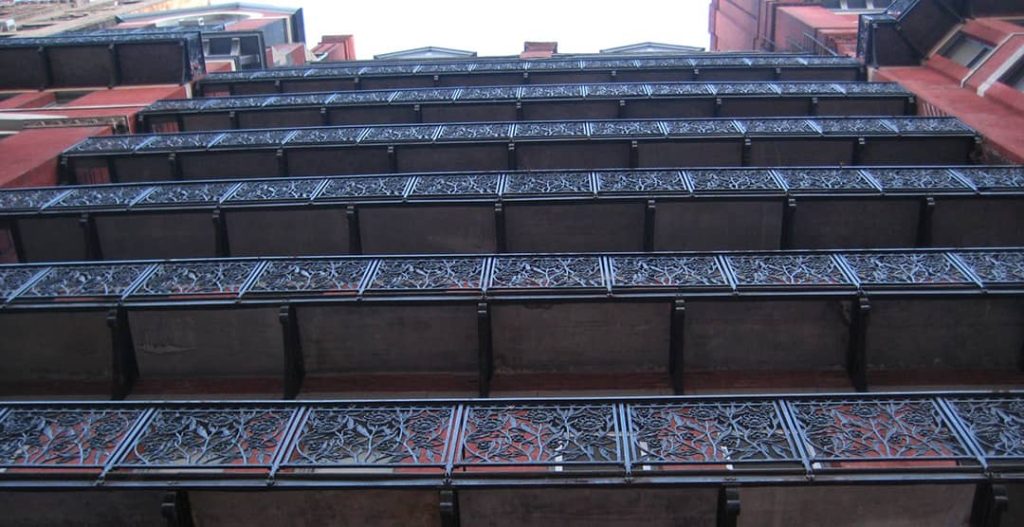
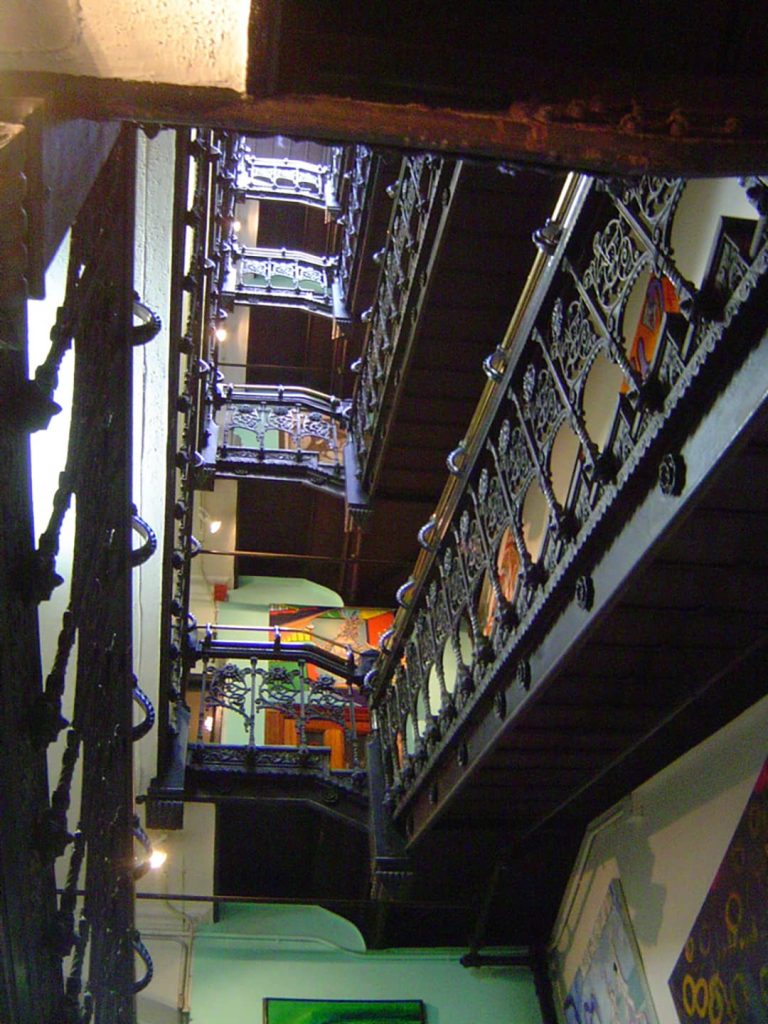
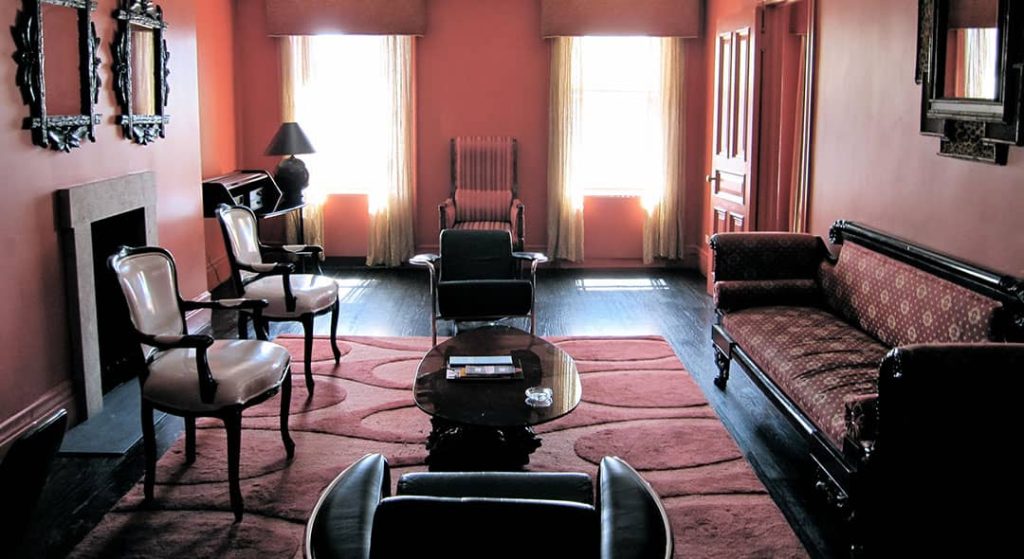
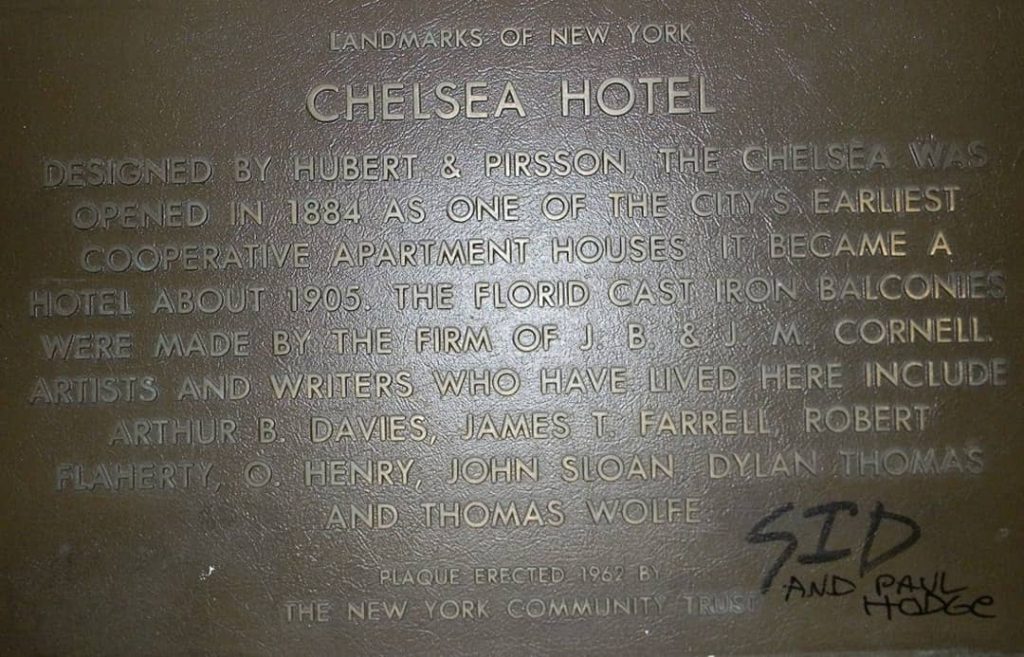
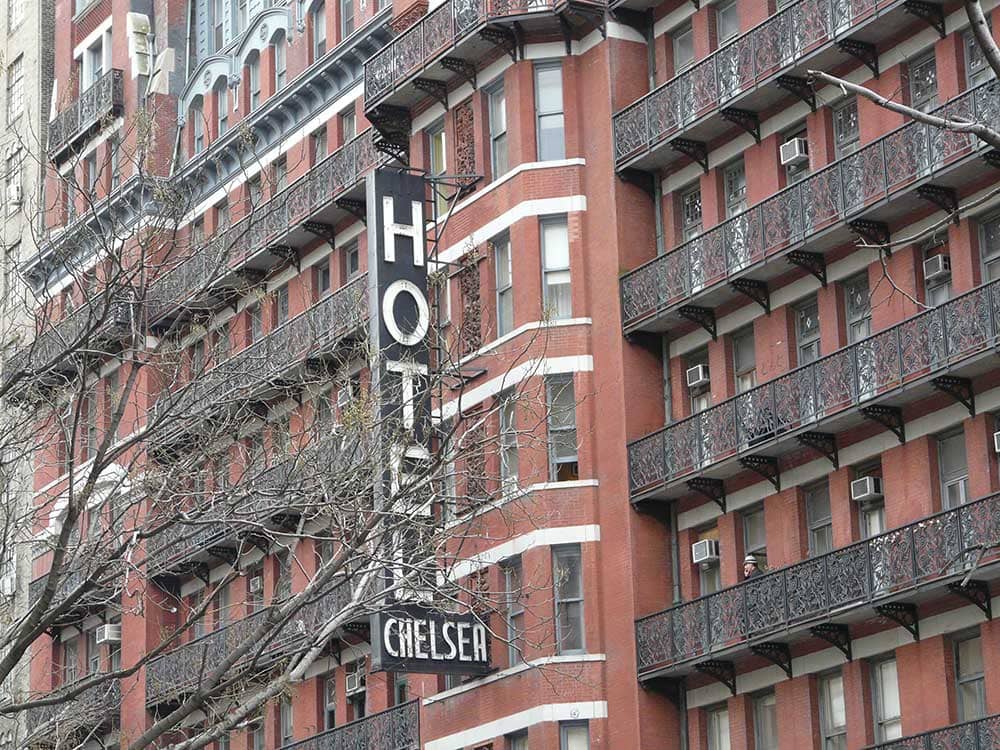
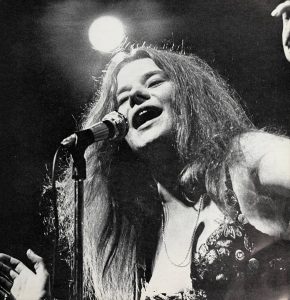
![nicky-samuel Portrait photograph of Nicky Samuel Waymouth [date unknown]](https://www.theswinging60s.com/wp-content/uploads/2021/06/nicky-samuel-300x198.jpg)

